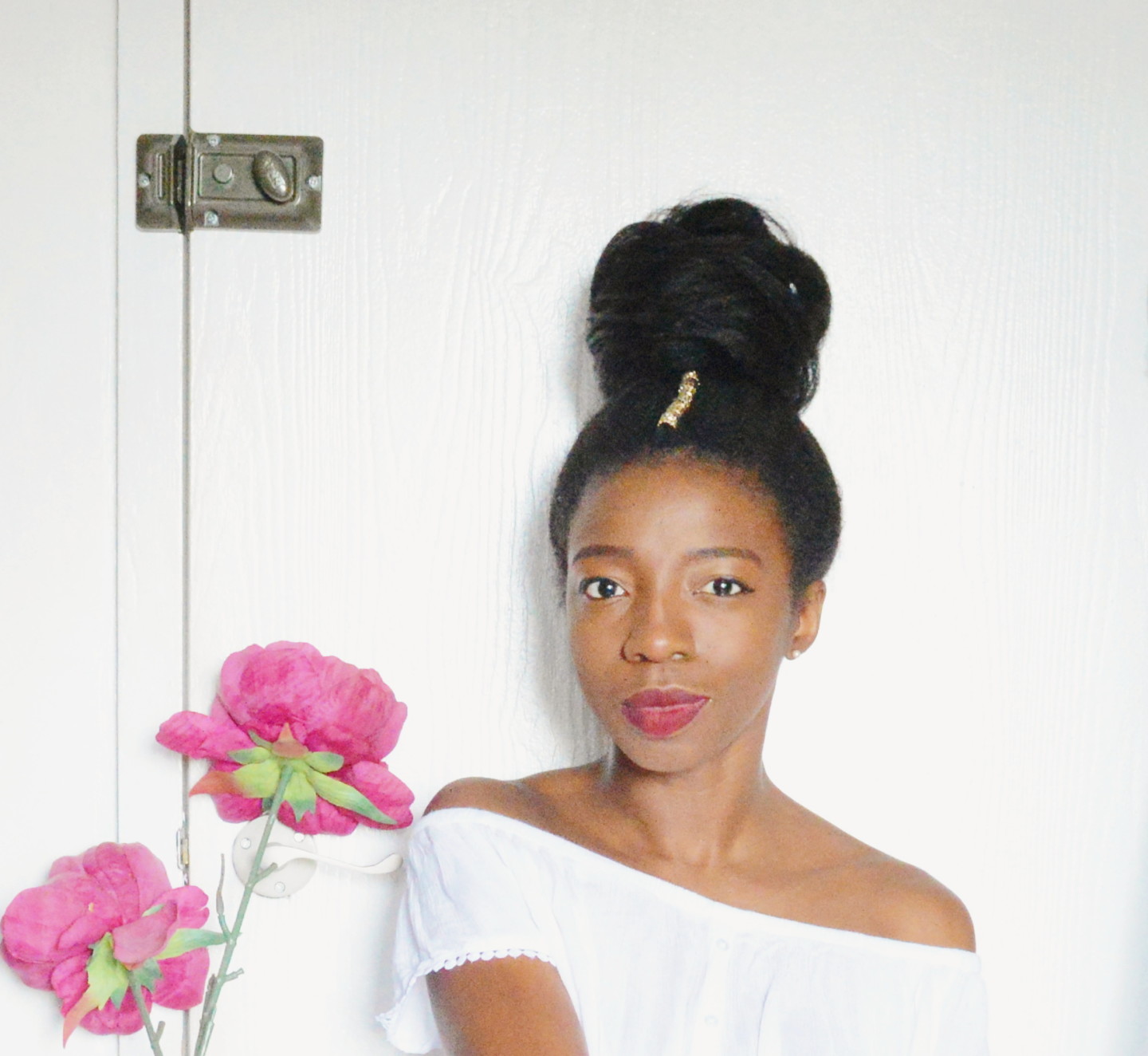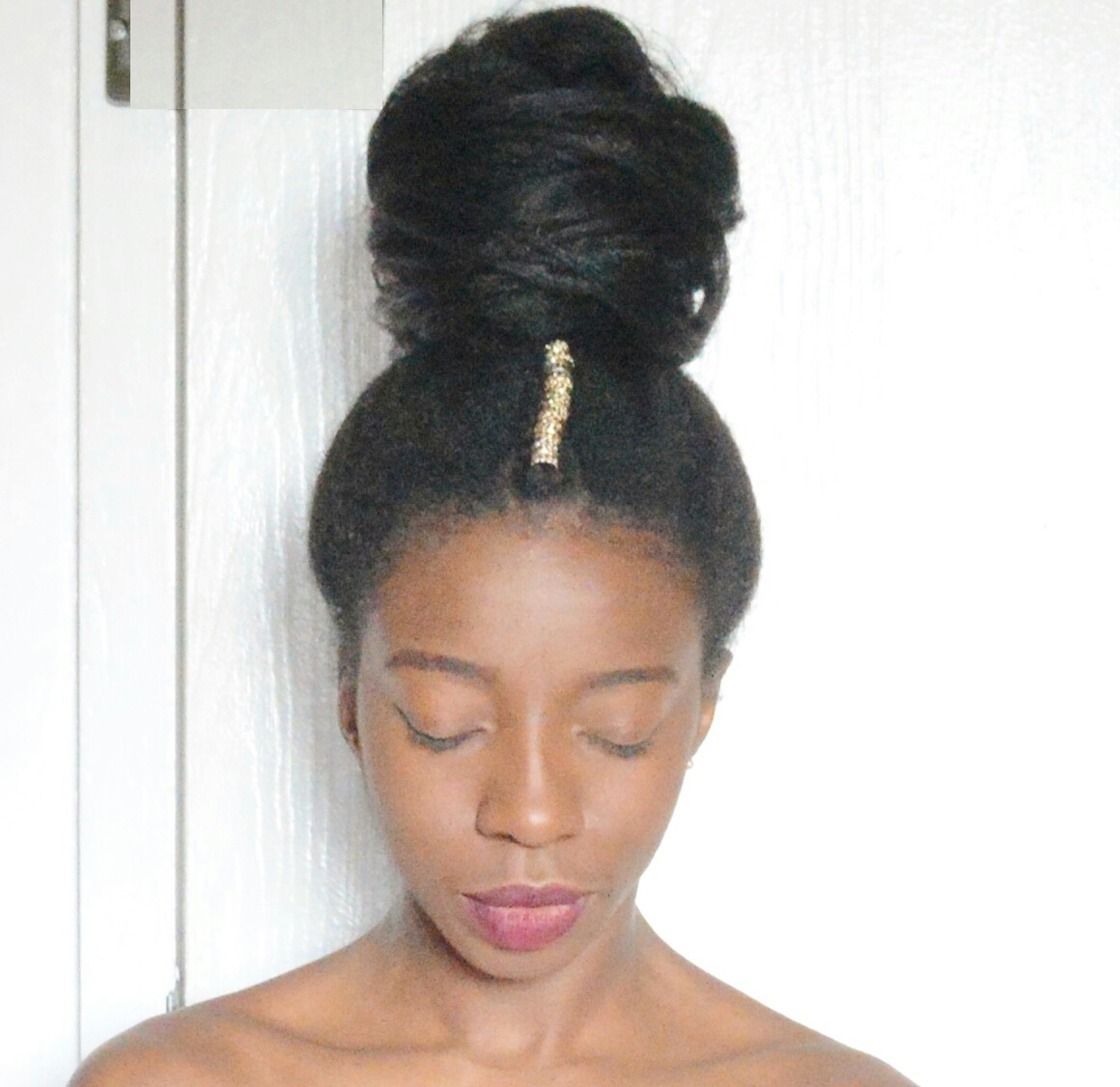
Hello ladies,
One of the many terms that ladies seem confused about is hair fullness versus strand thickness. I hope to clarify this in today’s post. I will also share the characteristics of thin/fine hair and some tips on caring for it.
Hair Density or Fullness
Hair density is about the overall fullness of your hair, ie, the amount or number of strands of hair you have on your head. As black women, we have an average of 100,000 to 110,00 strands of hairs on our heads. Of course some ladies have a lot more or less than this
Hair density or fullness can be classed as
- low density ( a lower than average amount of individual hair strands),
- medium density (a moderate/average amount of individual hair strands)
- high density ( a lot of individual hair strands).
Strand Thickness
The thickness of hair strands refers to width or diameter of each individual strand of hair. Strand thickness can be classed as
- thin/fine,
- medium or
- thick/coarse.
Please note that it is rare to have perfectly even hair. Many ladies have a mixture of strand thickness and density. So it is possible to have a mixture of fine, medium and thick strands on the same head although usually many ladies will have one predominant type.
Using myself as an example, I have mostly thick/coarse hair strands but the nape section of my hair has a mixture of fine/thin and medium strands of hair.
Characteristic and Challenges of Fine or Thin Hair Strands
Ladies who have mostly fine hair tend to face some challenges with their hair because of its thin structure. Some characteristics of fine hair include:
- it tends to feels softer and more fluffy than thick hair
- It may be harder for it to hold some styles because of its softness
- It is more susceptible to breakage. The cortex layer( the middle layer) of hair is the part that gives hair its stiffness and structural strength. Fine hair has less cortex and more cuticle layer ( outer layer) and this is why not as strong and able to resist breakage as thick strands of hair.
- Fine hair can become too soft and weighed down when heavy oils and products are put on it making the hair look stringy and difficult to style. Fine hair can be easily overwhelmed with hair products in comparison to thick hair.
- Fine hair is more prone to tangling. When the cuticle layer of hair is raised and damaged from age, heat styling, use of chemical colors, relaxers, aggressive styling, etc, the raised cuticles tend to latch and wrap around each other causing hair strands to matt and tangle. As explained above, fine hair has more surface area/cuticle layer than thick hair so it is more prone to tangling. The more tangles a lady experiences the more risk there is of breakage.
It is more challenging to grow fine hair to very long lengths because of these characteristics.

Tips for Caring for Fine Hair
The following tips are also useful for ladies with medium or thick hairs however they are especially important if you are a fine haired lady.
- Don’t skip your protein deep conditioning sessions. Protein hair products boost hairs structural strength. If you have fine hair, it should give your hair more body and stiffness so it can hold styles better too. I am not saying you should only use protein deep conditioners though. You should still aim to have protein and moisture balance.
- Be consistent with your hair care. Fine hair is less forgiving to lack of hair care than thick hair is. Basically a lady with thick hair can get away with bad hair care practices more than a fine haired lady can. Ladies with fine hair have more challenging hair journeys unfortunately and lack of consistency will only make this worse. The sections of my hair that have fine hair are way more challenging to manage than the areas with thicker hairs and when I haven’t been good to my hair, that is the section it is most evident in.
- Avoid using high levels of direct heat which will deplete your hairs internal moisture making it even more prone to breakage. Try to air dry as often as possible if you have thin hair strands.
- Protective styling is especially important if you have fine hair. Fine hair tangles easily but protective styles will keep your hair in a confined or fixed state so that it is not able to move around and tangle as much.
- Detangle your hair regularly and always finger detangle first before combing.
I am sure this post will help someone out there and I hope your hair benefits from it. Do you have fine or thin hair strands? Which of the challenges listed above do you experience and how do you manage it?
My next post will be another educative post about hard water, its effects on hair and how to overcome them.
See you soon
x
Lade
Learn | Change | Grow

Hi Lade,
Thanks for this educative post.
I totally understand the challenges of fine hair.
But can one’s texture change from medium or coarse to predominantly fine? That seems to have happened to me.
Although I texlax, and of course the older hair toward the ends will be thinner and finer, it seems that even my new growth is much finer than usual. In fact my whole head of hair is generally less full, and the strands are much finer. I usually DIY my protein conditioners with egg white and this used to work just fine for me, but it seems insufficient these days and I have switched to Aphogee 2 min reconstructor. My hair is a tad stronger, but I’m quite baffled at how my texture could just change drastically like that.